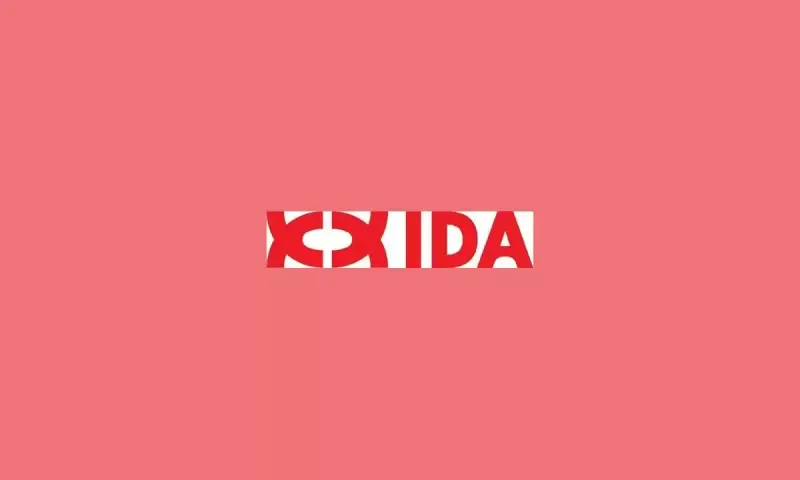 |
|
 |
|
 |
|
 |
|
 |
|
 |
|
 |
|
 |
|
 |
|
 |
|
 |
|
 |
|
 |
|
 |
|
 |
|
Cryptocurrency News Articles
New Grayscale ETF Filing Aims to Bring Avalanche's AVAX Token to Nasdaq
Mar 28, 2025 at 10:45 pm
The global electronic stock exchange and marketplace Nasdaq has submitted a proposal to the U.S. Securities and Exchange Commission (SEC) to list Grayscale Avalanche Trust (AVAX), a spot ETF tracking the Avalanche blockchain's native token, marking a pivotal step toward expanding crypto-based exchange-traded products (ETPs).

Nasdaq has submitted a proposal to the U.S. Securities and Exchange Commission (SEC) for listing shares of the Grayscale Avalanche Trust (AVAX). The application, filed on Friday, seeks approval for a spot exchange-traded fund (ETF) that will track the price of the Avalanche blockchain’s native token, avalanche (AVAX).
The filing, made under SEC Form 19b-4, aims for the fund to be listed and traded on Nasdaq’s exchange in accordance with the exchange’s Rule 5711(d) for commodity-based trust shares. A 109-page document detailing the proposal was published this week.
The proposed ETF would hold AVAX directly, with Coinbase Custody Trust Company serving as the digital asset custodian. The trust’s net asset value (NAV) would be calculated daily using an index price derived from a weighted average of prices on multiple regulated crypto exchanges, including Kraken, Bitstamp, and Crypto.com, with the weights determined by trading volume and scrubbed for any anomalies.
In its application, Grayscale highlighted several safeguards against market manipulation, such as the geographical distribution of private keys used for hot and cold storage and real-time trade surveillance by Nasdaq’s market specialists.
The filing also noted the SEC’s recent approval of spot bitcoin (BTC) and ethereum (ETH) ETFs, and how Nasdaq’s surveillance-sharing agreement with Coinbase Derivatives—which offers AVAX futures—would provide sufficient measures for monitoring the futures and spot markets for any signs of manipulation.
“The correlation between the spot and futures markets for AVAX permits effective monitoring of both markets for signs of manipulation,” Grayscale stated in its application, echoing arguments used in earlier crypto ETF approvals.
As of March 28, 2025, Grayscale’s AVAX Trust had an investment portfolio valued at $1,760,875 in AVAX, and each share of the trust is designed to represent 0.49256798 AVAX.
Creation and redemption of the trust shares would occur via cash-only transactions handled by authorized participants, typically large broker-dealers, with each basket used for creation or redemption being equal to 10,000 shares of the trust. The trust itself would not engage in any active management, instead passively reflecting the market price of AVAX, subject to deductions for trust expenses and the addition of a small premium to ensure efficient creation and arbitrage.
Nasdaq’s proposal includes provisions for quickly shutting down trading in the ETF via circuit-breaker triggers during periods of extreme volatility, and it mandates real-time disclosures of the fund’s complete holdings and NAV. The exchange also cited Avalanche’s proof-of-stake (PoS) consensus mechanism as a more energy-efficient alternative to Bitcoin’s mining model.
The SEC has 45-90 days to approve or deny the application. If approved, the ETF would become the first product offering direct exposure to AVAX on a major U.S. exchange, expanding institutional access to the token, which has a market capitalization of $8.4 billion.
Grayscale, already a dominant player in the crypto ETP space with its Bitcoin Trust, has been expanding its lineup of crypto products. The Avalanche Trust’s structure closely follows that of Grayscale’s existing products, with CoinDesk Indices providing the index prices and BNY Mellon serving as the transfer agency.
The filing comes as U.S. regulators are facing increasing pressure to provide greater clarity on crypto regulations, which were largely put in place during the Trump administration.
The SEC’s approval of the first bitcoin futures ETF in 2021 paved the way for a wave of new crypto ETPs. However, despite numerous applications, no spot bitcoin ETF was approved until earlier this year, with the first such product being launched by Bitwise in March.
Earlier this year, the SEC also approved applications for a spot ethereum ETF from Invesco and a spot ether futures ETF from Volkov. Both products are set to begin trading next week.
The U.S. regulator had previously stalled on approving spot bitcoin ETFs, expressing concerns about the potential for fraud and manipulation in crypto markets. However, in recent months, SEC Chair Gary Gensler has indicated a greater openness to approving such products, particularly in response to a lawsuit filed by cryptocurrency exchange sued the SEC last year over its seven-year-long delay in processing an application for a spot bitcoin ETF.
Disclaimer:info@kdj.com
The information provided is not trading advice. kdj.com does not assume any responsibility for any investments made based on the information provided in this article. Cryptocurrencies are highly volatile and it is highly recommended that you invest with caution after thorough research!
If you believe that the content used on this website infringes your copyright, please contact us immediately (info@kdj.com) and we will delete it promptly.
-

-

-

-

- title: Melania Trump’s Memecoin Team Moves $30 Million Worth of MELANIA Tokens and Started Selling Them
- Apr 09, 2025 at 04:45 pm
- The team behind the Melania Meme (MELANIA) token, associated with U.S. First Lady Melania Trump, has transferred $30 million worth of the token from its community funds and has begun selling them
-

-

-

-

- XRP Price Prediction: Breakout Above Resistance Could Propel the Cryptocurrency to a New All-Time High
- Apr 09, 2025 at 04:35 pm
- As we enter 2025 in a few days, the cryptocurrency market is abuzz with speculation surrounding XRP’s next price move. Despite recent volatility, several leading analysts are pointing to technical indicators and chart patterns
-


























































